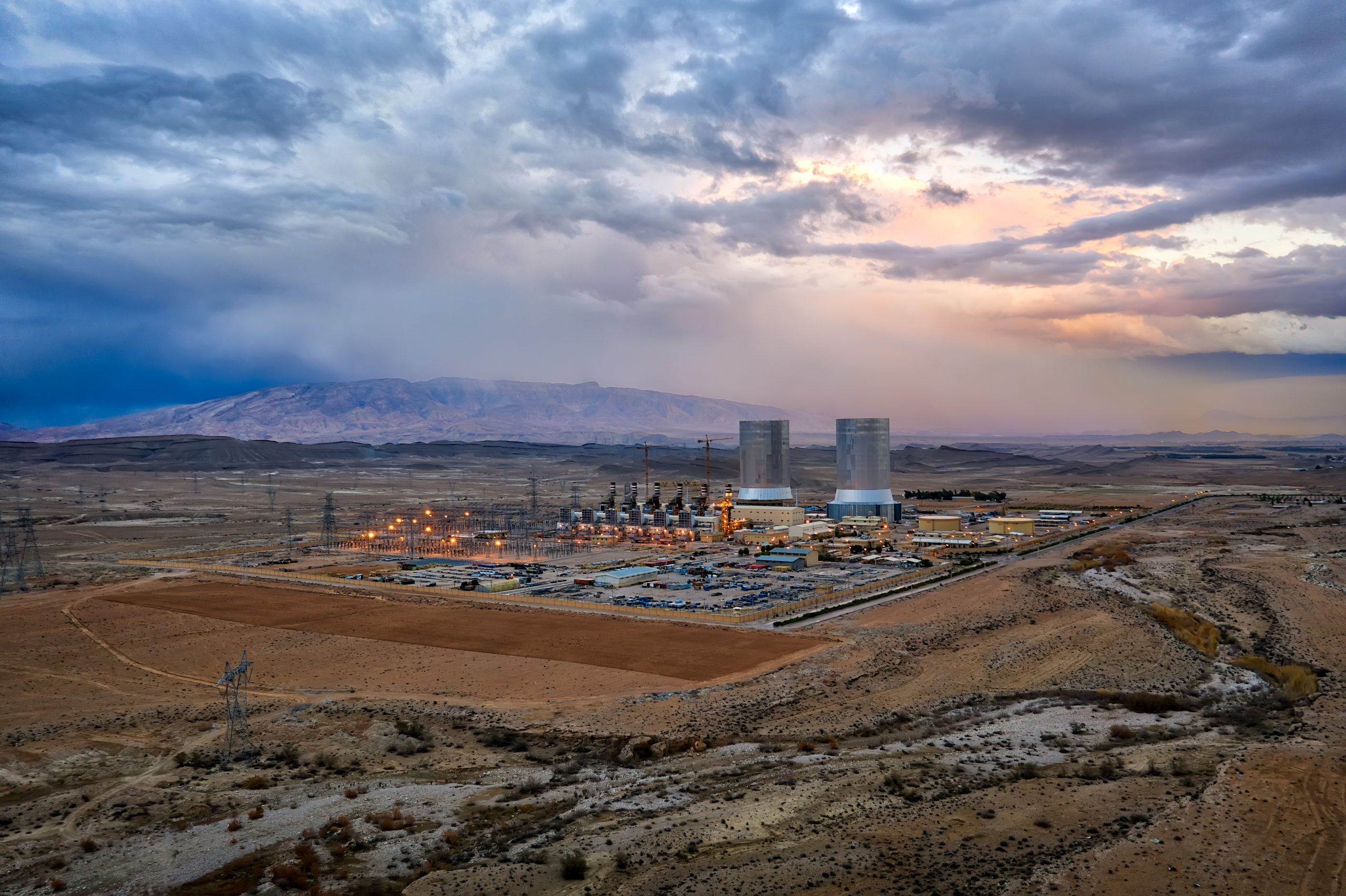In September 2020, now-President Joe Biden referred to Trump’s decision to pull out of the 2015 Joint Comprehensive Plan of Action ( JCPOA) as a “dangerous failure;” this accord, also known as the Iran deal, arose from negotiations during the Obama presidency to slow down Iran’s nuclear growth and stabilize relations between the two states. Now, nearly two months into his first term, Biden has made few moves to rectify this “dangerous failure,” even as the situation becomes increasingly urgent. Indeed, in January 2021, Iran threatened to block upcoming nuclear inspections by the International Atomic Energy Agency (IAEA), a bold step for the rapidly nuclearizing state. This follows four years of Trump’s “maximum pressure” and Iran’s “maximum resistance.” Since 2019, the two countries have moved to the brink of war twice, most recently due to the US assassination of Qasem Soleimani in January 2020. As the United States’ relationship with Iran further deteriorates, the United States must prioritize rejoining the JCPOA, rather than simply waiting for Iran to break under the pressure. If Biden truly wishes to slow or even halt Iran’s nuclear program, he must hasten to restore engagement and communication with Iran, rather than passively allow Trump’s status quo to linger.
Since beginning his term, Biden’s refusal to prioritize negotiating with Iran has pushed the two states to an impasse. US Secretary of State Anthony Blinken signaled that the United States will only rejoin the nuclear deal (and reverse Trump-era sanctions) if Iran first begins to comply with the deal. Meanwhile, Iran pledged a return to its commitments only if the US first reverses sanctions. In January, 2021, Blinken argued that “President Biden has been very clear in saying that if Iran comes back into full compliance with its obligations, the United States would do the same thing . . . but we are a long ways from that point.” On the opposite end of this diplomatic spectrum, both Iranian President Hassan Rouhani and his foreign minister, Mohammad Javad Zarif, have dismissed any hopes that they might negotiate terms more favorable to the United States, with Zarif claiming “if we wanted to [renegotiate], we would have done it with President Trump four years ago.” Zarif’s deputy, Abbas Araqchi, stated that the United States must remove all unilateral sanctions levied since 2017 in order to achieve a deal.
As both the United States and Iran stand at this diplomatic crossroads, Biden has pivoted his National Security staff to focus on Asia (rather than Iran and the rest of the Middle East), reflecting a growing preoccupation with the US relationship with China. Iran has taken note, with recent tensions reflecting its anxiety about the continuation of debilitating sanctions and the restoration of the JCPOA falling from Biden’s list of priorities. Most recently, Iran threatened to block inspections, seizured a South Korean ship, and incarcerated a US citizen. Indeed, Iran wants to avail itself of sanctions and re-comply with the deal, which it only abandoned following Trump’s “maximum pressure” strategy and the killing of Soleimani. Should Biden continue to ignore Iran, he risks the escalation of Iran’s nuclear program and increasingly frequent provocations.
Since Iran has already signalled it is open to negotiation, Biden then must take the first step and open the door for the resumption of direct talks, with the end goal of both the United States and Iran restoring their commitments. Opening the door to these talks requires diplomatic actions designed at easing economic and political pressure on Iran, which would then restore belief in the possibility of a solution and offer both the United States and Iran political cover and a reason to engage in good faith. Were Biden to move towards a simultaneous reconciliation, he would not be alone as Foreign Minister Zarif has indicated that Iran could “choreograph” the restoration of its commitments under the JCPOA.
If Biden opts to alleviate tensions in order to reestablish an agreement, he has several options from which to choose. First, Biden could remove or ease sanctions. As a former Obama administration official Amos Hochstein argued, Biden could implement a “‘JCPOA-minus,’ meaning lifting sanctions in exchange for suspending some of the Iranian nuclear programs [developed] in the past three years,” which could cause tensions to ease. Full removal of sanctions, however, seems unlikely, as Blinken will not backtrack on his aforementioned reluctance to remove sanctions in their entirety. In lieu of this, and working potentially in tandem with a gradual easing, Biden could restore waivers that would allow Iran to sell oil while the sanctions remain. Finally, in the interim, Biden and his team must decide if they want to work towards rebuilding the original deal or constructing a provisional agreement. The latter would allow them the flexibility to modify sanctions in the interim, which could be crucial since Tehran has been insistent that the United States makes the first move.
When making these choices, time is of the essence. Since the collapse of the JCPOA, the more militant Islamic Revolutionary Guards Corps (IRGC) has grown in power and seems poised to win the presidency in June 2021, signifying that the United States must prioritize a renewed agreement. Even Rouhani noted the rare opportunity before the two nations, stating that “now, an opportunity has come up for the next US administration to compensate for past mistakes and return to the path of complying with international agreements.” Biden appears to recognize this and has urged National Security Advisor Jake Sullivan to hasten towards a resolution. Given that Iran’s United Nations ambassador warned that “the window is closing” for the US to return to the deal, this resolution cannot come fast enough.
Image: Lukas on Adobe Stock
